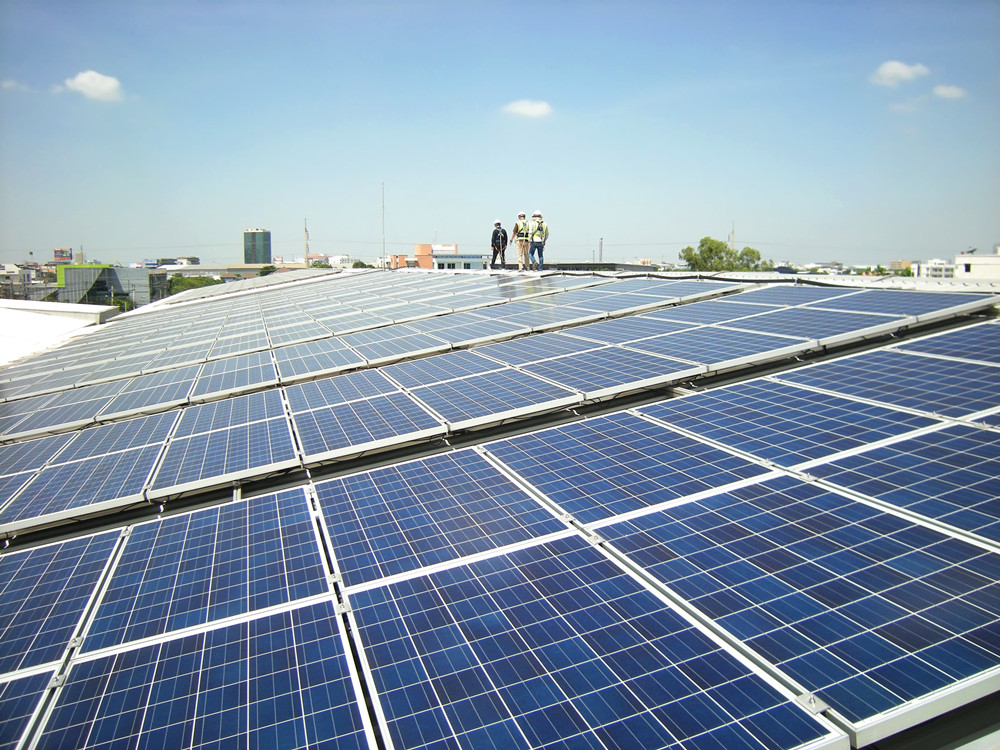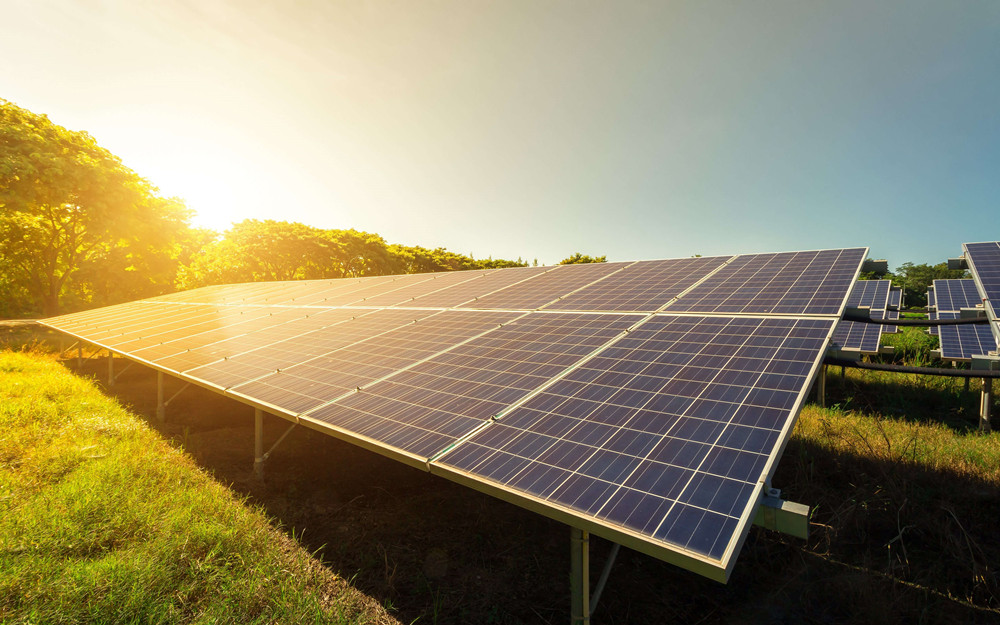This marks the beginning of Chinalco's restructuring of China's largest tungsten company, Jiang Tungsten Holdings. On March 13, the Jiangxi Provincial People's Government and Chinalco signed a strategic cooperation framework agreement in Beijing. According to this agreement, Chinalco will realize its control over Jiangteng Holdings through capital increase, acquisition and project investment.
At the same time that Chinalco officially reorganized Jiangtung Holdings, China Minmetals Group, which has entered Jiangxi to develop rare earth, tungsten and other non-ferrous metals industries in 2003, immediately encountered strong competitors.
According to the introduction of Chinalco, the first registered capital of Jiangtung Nickel Cobalt Co., Ltd. is 300 million yuan. Among them, Chinalco Co., Ltd. holds 51% of the shares, and Jiangtung Holdings holds 49% of the shares. It is the first choice for the annual production of 40,000 tons of metal nickel-cobalt new materials. The total investment is about 1.8 billion yuan. It adopts the internationally advanced technology independently developed by Jiangtung Holdings, and mainly produces nickel-cobalt ultra-fine high-purity metal powder and metal nickel electrowinning sheet. Metal nickel spherical compounds and other products.
The author noticed that this project, which Zhongmei Company is interested in, has certain links with Minmetals. An insider of Jiang Tung Holdings told the author that the 40,000-ton nickel-cobalt refining project was based on the cooperation between the company and the Beijing Research Institute of Mining and Metallurgy to develop a new process for nickel refining extraction of nickel-cobalt-rich nickel-cobalt enrichment in laterite nickel ore. The process was rated as "the world's first, international leader."
During the "two sessions" this year, Zhou Zhongshu, president of Minmetals Corporation, revealed in an interview with this newspaper that the company is in talks with the Beijing Research Institute of Mining and Metallurgy. The Beijing Research Institute of Mining and Metallurgy is an important research and development platform for the Chinese non-ferrous metals industry. Affected by this restructuring expectation, the share price of Beifang Magnetic Materials (600980.SH), a listed company of the Beijing Research Institute of Mining and Metallurgy, has been continuously rising since March.
It is understood that this nickel-cobalt new material project includes 40,000 tons/year nickel-cobalt refining project, and the long-term planning will reach 100,000 tons/year. It is the backbone project and important platform for the development of nickel-cobalt industry by Jiangteng Holding, which has been included. Key projects in Jiangxi Province.
In December 2003, China Minmetals Nonferrous Metals Co., Ltd., a subsidiary of China Minmetals Corporation, and Jiangxi Rare Earth Metal Tungsten Group Co., Ltd. (hereinafter referred to as “Jiangshang Groupâ€) jointly established a joint venture company, Jiangxi Tungsten Group Co., Ltd. (hereinafter referred to as “Jiangsu Tungsten Limitedâ€, with a registered capital of 600 million yuan, of which Minmetals Group holds 51%. Jiangtung Group holds 49% equity with main resources, excellent assets and backbone team.
On December 31, 2008, Jiangtung Holdings completed the formal establishment of industrial and commercial registration with a registered capital of 2.9 billion yuan, replacing Jiangtung Group and becoming the funded supervision unit of Jiangxi Provincial State-owned Assets Supervision and Administration Commission. Jiang Tung Holdings became the parent company of Jiang Tung Group.
According to the agreement signed by Chinalco and the Jiangxi Provincial Government on March 13, Chinalco came to the forefront and directly won Jiang Tung Holdings. Jiang Tungsten, a subsidiary of Minmetals Group, became the grandson of Jiang Tung Holdings.
Chinalco's joint venture with Jiang Tung Holdings is the first step in restructuring Jiang Tung Holdings. The largest resource of Jiangtung Holdings is tungsten and rare earth resources.
Chinalco said that the company and Jiang Tung Holdings will have further restructuring actions. The most important thing for the Minmetals Group is the small metal resources such as rare earth and tungsten in Jiangxi.
What Is A Solar Panel?
Solar energy begins with the sun. Solar panels (also known as "PV panels") are used to convert light from the sun, which is composed of particles of energy called "photons", into electricity that can be used to power electrical loads.
Solar panels can be used for a wide variety of applications including remote power systems for cabins, telecommunications equipment, remote sensing, and of course for the production of electricity by residential and commercial solar electric systems.
How Do Solar Panels Work?
Solar panels collect clean renewable energy in the form of sunlight and convert that light into electricity which can then be used to provide power for electrical loads. Solar panels are comprised of several individual solar cells which are themselves composed of layers of silicon, phosphorous (which provides the negative charge), and boron (which provides the positive charge). Solar panels absorb the photons and in doing so initiate an electric current. The resulting energy generated from photons striking the surface of the solar panel allows electrons to be knocked out of their atomic orbits and released into the electric field generated by the solar cells which then pull these free electrons into a directional current. This entire process is known as the Photovoltaic Effect. An average home has more than enough roof area for the necessary number of solar panels to produce enough solar electricrity to supply all of its power needs excess electricity generated goes onto the main power grid, paying off in electricity use at night.
In a well-balanced grid-connected configuration, a solar array generates power during the day that is then used in the home at night. Net metering programs allow solar generator owners to get paid if their system produces more power than what is needed in the home. In off-grid solar applications, a battery bank, charge controller, and in most cases, an inverter are necessary components. The solar array sends direct current (DC) electricity through the charge controller to the battery bank. The power is then drawn from the battery bank to the inverter, which converts the DC current into alternating current (AC) that can be used for non-DC appliances. Assisted by an inverter, solar panel arrays can be sized to meet the most demanding electrical load requirements. The AC current can be used to power loads in homes or commercial buildings, recreational vehicles and boats, remote cabins, cottages, or homes, remote traffic controls, telecommunications equipment, oil and gas flow monitoring, RTU, SCADA, and much more.



solar panels,solar energy,solar power,solar panel price,solar cell
Suzhou Keffran Parts Co.,ltd , https://www.keffran-elevatorsmart.com